January 12, 2019
Why Mindfulness will not Improve your Safety Performance
When people talk about how safety performance has improved over time, they typically focus on three phases:
- Technical – improvements in machine and equipment safety;
- Organizational – a concerted effort to improve the safety of all systems and procedures employed in the workplace; and
- Behavioral – a specific focus on the behaviors of frontline employees.
Each of these phases was initially characterized by a marked improvement in safety performance. These improvements were then followed by the hitting of a plateau, whereby any further gains became marginal. Many safety leaders have the feeling that we have reached another plateau with the third and most recent phase. This has naturally led those safety leaders to seek new horizons in an effort to further improve safety performance.
Many EHS leaders are of a mind that some kind of brain-centric mechanism may provide the next horizon for the enhancement safety performance. This mechanism is based on the popular work of Daniel Kahneman – Thinking Fast and Slow. In his book, Kahneman describes two different ways the brain functions:
- System 1, which Khaneman calls ‘fast thinking,’ is highly efficient, uses little attention, and is strongly influenced by past experience. For example, when we are doing our daily commute to and from work, we do most of that driving without even thinking about it. While performing these ‘automated’ behaviors, we can quite readily engage in conversation with others and perform other functions.
- System 2, which Khaneman calls ‘slow thinking,’ is the intellectual function of our brain. This is the part of the brain that we use to solve questions, have a discussion or assemble IKEA furniture (the latter being an activity where even slow thinking may not prove sufficient!).
The problem that many EHS leaders see is that most of the actions that our operators and mechanics perform happen in System 1. The tasks being performed become so routine to the operator that they begin to perform them in a manner similar to our example above of driving to work. Given this effect, these actions can create dangerous situations, particularly when there is a small change in the environment.
This effect, whereby tasks that may have started out as functions being performed as System 2 type activities, having become System 1 activities, has led many safety leaders to believe that addressing this issue may be the next frontier. The thinking being, if we can get employees to perform more in System 2 mode, this should reduce the number of unsafe behaviors and therefor accidents. This is where mindfulness enters the picture. Mindfulness employs a conscious effort of focusing one’s awareness on the present moment. – i.e. thinking about what you are doing in the moment. Interestingly, others point out that it requires too much energy to continuously be in slow thinking mode and is therefore not attainable. They argue you should create an environment in which employees can safely work as much as possible in System 1, while learning how to recognize those moments where they need to transfer to System 2.
Whatever the methodology, the focus here remains on the behavior of the frontline employee – the very phase (behavioral) with which we seem to have hit a plateau and from which we look for a new phase or paradigm in order to advance safety performance. A focus on frontline employee behavior and decisions is not sufficient for producing a significant impact. Certainly not on the area of greatest concern – the occurrence of Serious Injuries and Fatalities (SIFs).
Indeed, the results from a collaborative research study, carried out in 2015 and sponsored by Krause Bell Group, demonstrated that frontline employees make fewer than 20% of the decisions leading to serious injuries and fatalities. When we include frontline supervisors, this still stays below 35% or about a third of the decisions. When we expand our focus and look at pivotal decisions – decisions that make other decisions possible – the results are even more staggering: only 8% of pivotal decisions are made at the front line. 7% by frontline supervisors and only 1% by frontline employees. This means that no less than 92% of the decisions that are pivotal to preventing SIFs are made above the front line.
Until this research came about, we had not realized the extent to which these two things matter:
- The people making the most important safety decisions are not just frontline workers. Worker decisions matter, but because every decision is part of a network of decisions that is dominated by leadership decisions, leaders play a critical role in Safe Decision Making; and
- Leadership decision making is pivotal to the understanding and prevention of SIFs.
If we are really serious about improving safety performance in general, and in preventing SIFs in particular, our attention, energy and resources should be focused on improving Safe Decision Making® across the entire network of decisions. Pursuing the notion that a focus on mindfulness of frontline workers will help to materially improve safety performance could prove a dangerous and costly myth.
Search for articles
Share this post:


